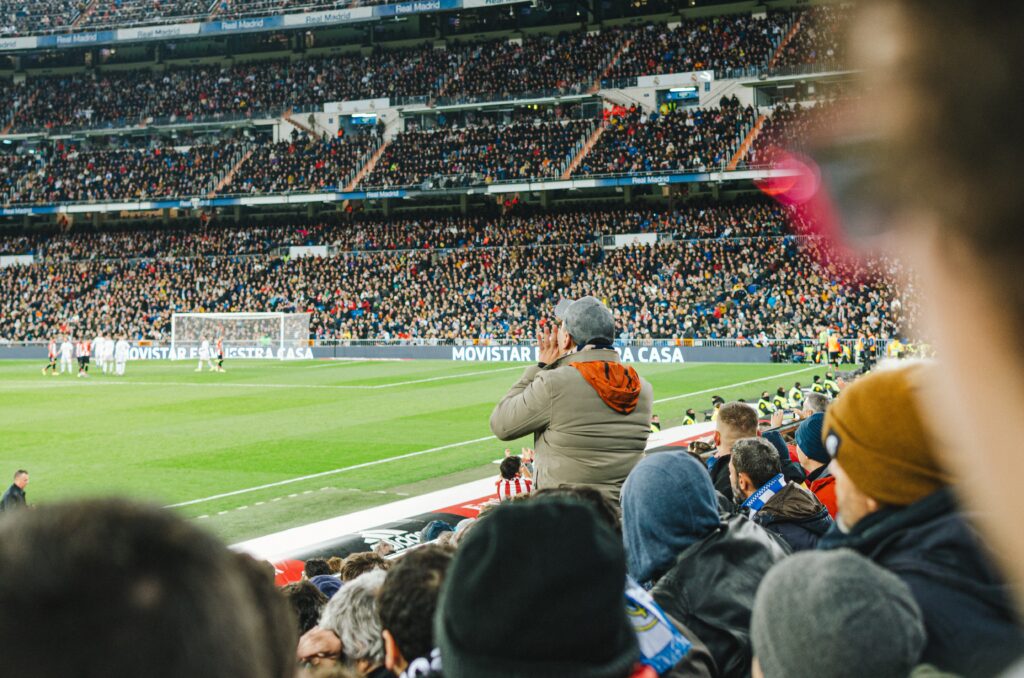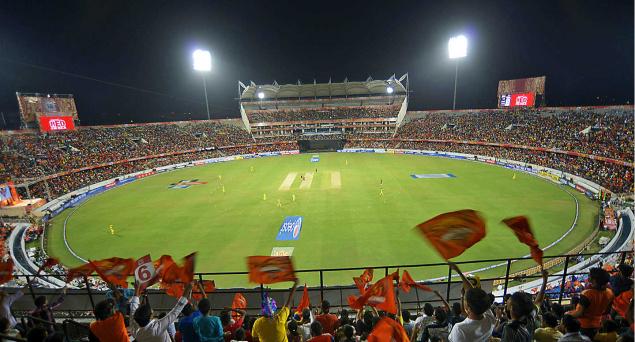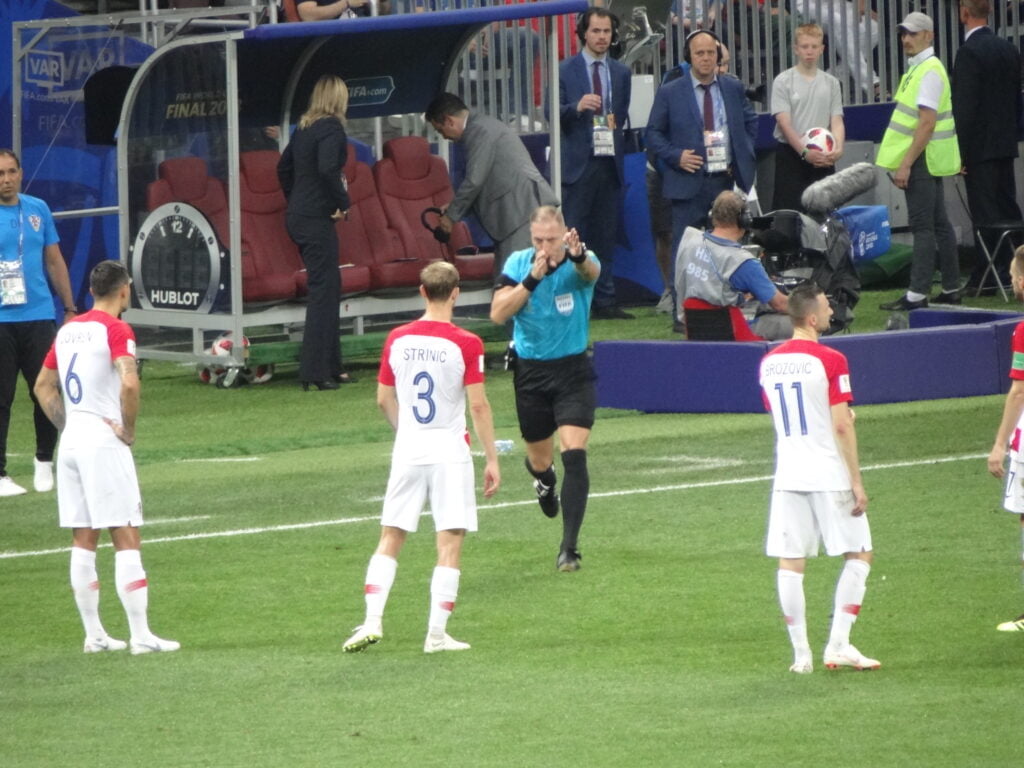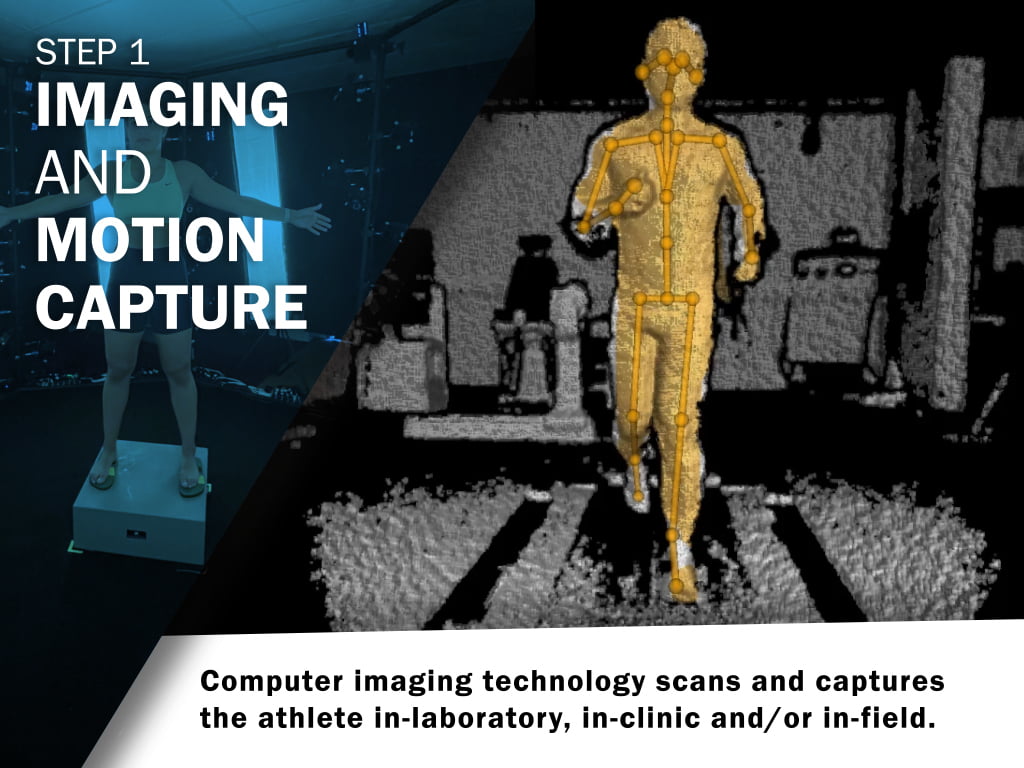To support competitive cyclists, technology helps not only lighten the bike weight but sport science determines the speed to be the champion.
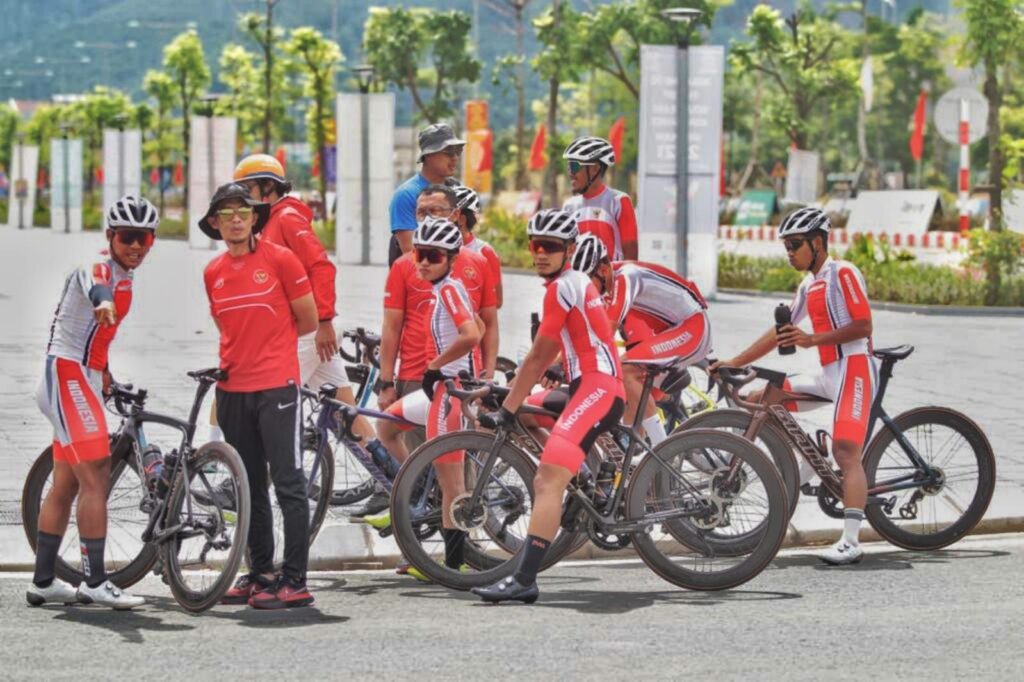 Technology helps competitive cyclists to be faster : “Briefing before competing” provided by Indonesian Cycling Federation https://icf.id/ CC BY 2.0
Technology helps competitive cyclists to be faster : “Briefing before competing” provided by Indonesian Cycling Federation https://icf.id/ CC BY 2.0
To support competitive cyclists, technology helps not only lighten the bike weight but sport science determines the speed to be the champion.
When Bernard Benyamin Van Aert stood on the podium with his silver medal at the UCI (Union Cycliste Internationale) Track Nations Cup in Cali, Colombia in July 2022, it marked another step in Indonesia’s progress in cycling world competition.
Bernard was the only cyclist from Indonesia to qualify for the 2022 UCI Track World Championship in the Men’s Elite Omnium. These results were obtained because athletes underwent a structured training program, with cross training in other racing disciplines, as well as detailed training monitoring supervised by a sport science team for two years.
International sport is in the midst of a global arms race. Sports science and technological innovation can be the big difference between success and failure at the elite level. Many nations invest millions giving their elite athletes the best. In terms of sport science in cycling, the main part is the human element, then the bicycle element.
Science and technology has made significant improvements to riders’ physical performance. Road cyclists are active for long periods so excellent aerobic capacity is needed. The VO2 (oxygen uptake) number for a rider is a crucial measurement, reaching 74 ml/Kg/Min. The average for sedentary is 27-40 ml/kg/Min.
By understanding the heart’s performance and how muscles grow, sports trainers now understand how to design an exercise program that focuses on making the heart work more efficiently, accompanied by increasing muscle strength. Breathing patterns also scientifically influence the performance of cyclists, so there are specific patterns, such as six pedal rotations for inhaling and three pedal rotations for exhaling.
Sleeping is just as important as exertion when in the saddle. Sleep has been proven to be a significant factor in improving the performance of athletes, not just sleeping eight hours a night. Special strategies are needed for athletes such as napping for 30 minutes – 1 hour every afternoon. Sleep hygiene must be maintained by avoiding coffee or caffeine before going to sleep, not looking at phones or watching television and maintaining room temperature and staying hydrated.
High altitude training is another proven method to help athletes increase endurance. Physiological changes in the body at higher altitudes — an increase in haemoglobin in the blood caused by an increase in the hormone erythropoietin that increases oxygen in the blood — can enable an athlete’s body to capture more oxygen and have much better endurance when competing at sea level. In short, cyclists do not fatigue as easily.
And then there is the bike. While the basic design has not changed in 200 years, what frames are made from has come a long way, from steel to lighter materials such as aluminium, titanium and carbon fibre, which, being extremely light (the average Tour de France bike weighs around 8kg) and strong, is the preferred material for professional riders.
Just as important as weight is aerodynamics. Engineers refine bike frames to have a specific shape and angle designed to reduce the drag or resistance, along with determining the position of the cyclist, so as to minimise air resistance and increase their speed.
In 1989, Tour de France winner Greg LeMond was among the first to use aero bars, which revolutionised design for improving performance. Specialists are also needed to get the bike fit right. adjusted to the length of the rider’s legs, arms, and body size, which is specific to each individual. There are studies on the best saddle position depending on height and tilt. Helmet design is key in configuration and protecting against head injury for competitive cyclists.
Many other technologies are becoming more widely used such as GPS and sensors fitted to the bike and wearables on the athlete’s body. Wireless technology helps transmit this data to coaches a considerable distance away. Power metres measure output while other devices check heart rate, the amount of sweat, blood sugar levels and body temperature. All this data, when combined with unique algorithms can help coaches and athletes predict when they will become champions, where they will become champions, and what conditions will cause them to become champions.
Within the Indonesian cycling federation, a high performance enhancement team has been formed consisting of researchers from universities, sport scientists and experts in the fields of biomechanics, sport medicine, performance analysis, sport therapy, sport nutrition and strength and conditioning. While these moves are not perfect, the results have improved. The Indonesian team won three gold, four silver and a bronze medal at the SEA Games 2022 in Hanoi.
Government grants of around USD$700,000– $900,000 have helped improve sports performance but more is needed to achieve at international level cycling.
Still, money is not everything. The biggest problem is the lack of qualified human resources in sports science. The solution is to start collaborating with universities and industry with the aim of hiring competent people to work with the Indonesia cycling federation. This will help Indonesian sports get the most out of technology and achieve peak performances from athletes.
For Indonesian cycling, which has started little by little, it could mean more exciting times ahead.
Donny Ardy Kusuma is a Lecturer in the Sport Science Faculty of Universitas Negeri Surabaya. He is a sport scientist and part of the Indonesia Cycling Team. His research and interest are in Training Monitoring and Physical Training. Dr. Kusuma declared that he has no conflict of interest and is not receiving specific funding.
Twitter account @donnyakusuma
Originally published under Creative Commons by 360info™.


